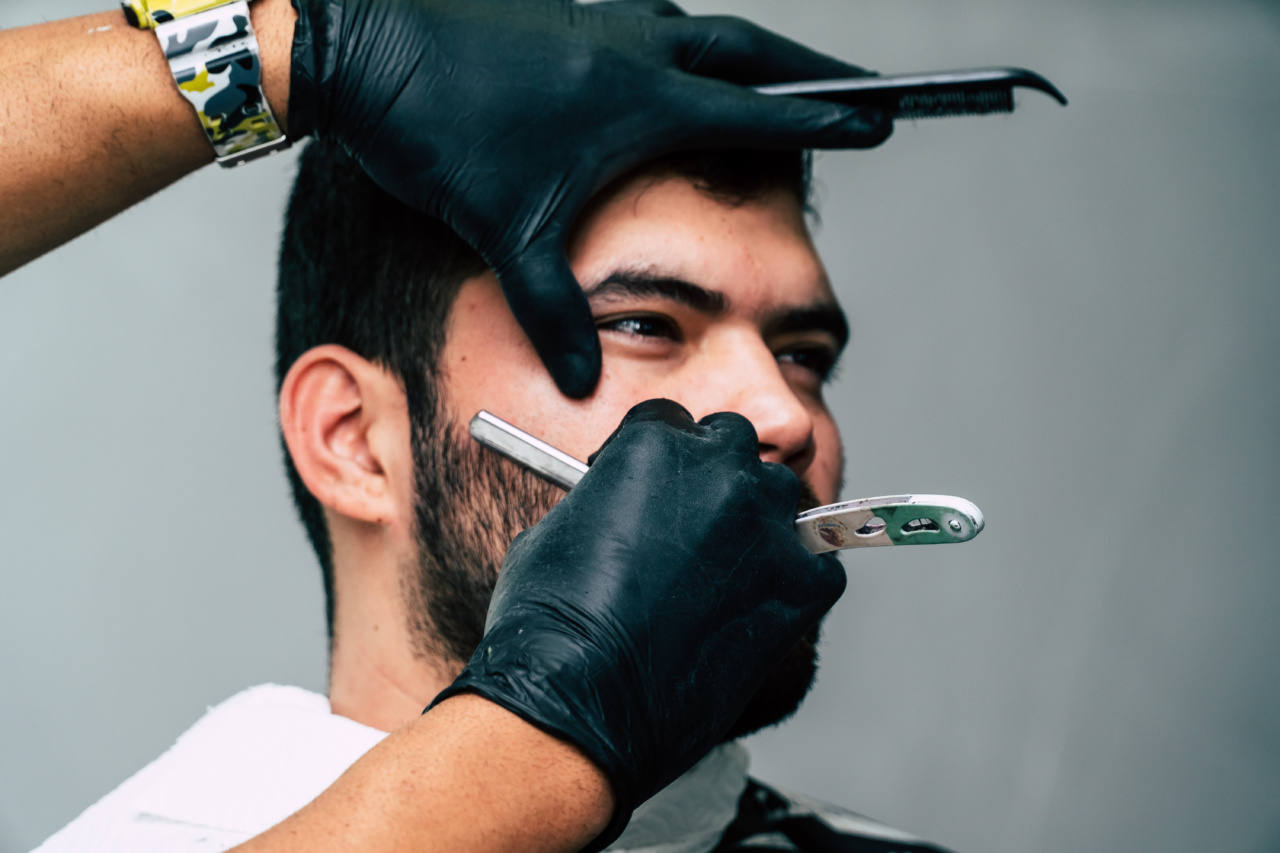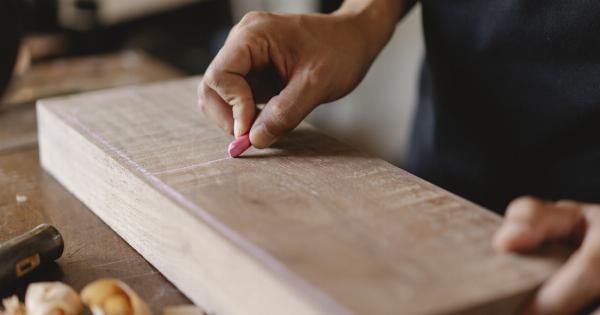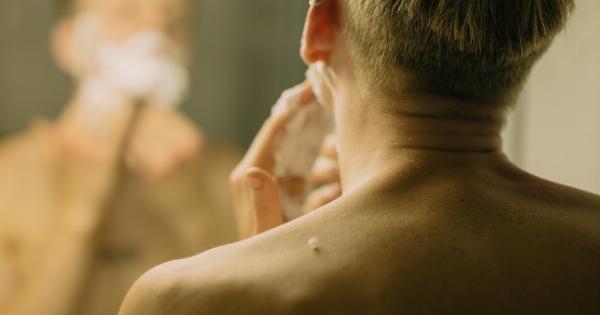Pregnancy brings about numerous changes in a woman’s body, and one of these changes involves the growth of pubic hair. Some women may wonder if it is safe to shave or groom their pubic hair during pregnancy.
In this article, we will explore the topic and discuss the considerations and precautions to take when it comes to removing pubic hair during this unique time.
Why Do Women Consider Removing Pubic Hair?
There are various reasons why women may contemplate removing their pubic hair, regardless of pregnancy. Some common motives behind this practice include:.
Hygiene:
Many women believe that removing pubic hair promotes cleanliness and reduces the risk of bacterial or fungal infections. They may feel that it is easier to maintain genital hygiene without the presence of hair.
Personal Preference:
Some women simply prefer the aesthetic appearance and feel of a hair-free pubic area. Personal preference plays a significant role in the decision to remove pubic hair.
Partner Preferences:
Women often consider their partner’s preferences when it comes to grooming their pubic hair.
Whether it is to enhance physical intimacy or meet their partner’s desires, partner preferences may influence a woman’s decision to remove pubic hair.
Is It Safe to Shave Pubic Hair During Pregnancy?
Shaving or grooming pubic hair during pregnancy is generally considered safe. However, there are a few important factors to consider to ensure the process is carried out without any complications:.
Skin Sensitivity:
Pregnancy hormones can lead to increased skin sensitivity and irritation. It is essential to be cautious while shaving to avoid any potential discomfort or skin damage.
Opting for a sharp and clean razor along with a moisturizing shaving gel can help reduce the risk of irritation.
Blood Circulation:
Pregnancy can affect blood circulation, especially as the pregnancy progresses and the belly grows larger. It is important not to put too much pressure or strain on the pelvic area while shaving to avoid any potential issues related to blood flow.
Visibility:
A growing baby bump can make it more challenging to see and reach the pubic area. Using a mirror or seeking assistance from a partner can help ensure a safer and smoother shaving experience.
Ingrown Hairs:
Shaving the pubic area can increase the risk of developing ingrown hairs, which can be uncomfortable and potentially infected.
Taking proper precautions, such as exfoliating the area gently before shaving and using products specifically designed to prevent ingrown hairs, can help minimize this risk.
Alternative Hair Removal Methods:
While shaving is a common method of removing pubic hair, there are alternative options available. These include:.
Trimming:
If shaving feels uncomfortable or poses a challenge, women can opt for trimming their pubic hair instead. Trimming reduces the length of hair without completely removing it, minimizing the risk of irritation.
Waxing:
Waxing involves the removal of hair from the root, providing longer-lasting results compared to shaving.
However, due to increased skin sensitivity during pregnancy, women should exercise caution and choose a reputable esthetician experienced in pregnancy waxing.
Depilatory Creams:
Depilatory creams are another alternative that can dissolve hair at the skin’s surface. However, it is important to choose a product specifically formulated and labeled as safe for use during pregnancy.
Conclusion
Removing pubic hair during pregnancy is a personal choice, and as long as certain precautions and considerations are taken, it can be done safely.
It is essential to prioritize comfort, skin sensitivity, and hygiene when deciding on the best method for hair removal during this unique time.






























